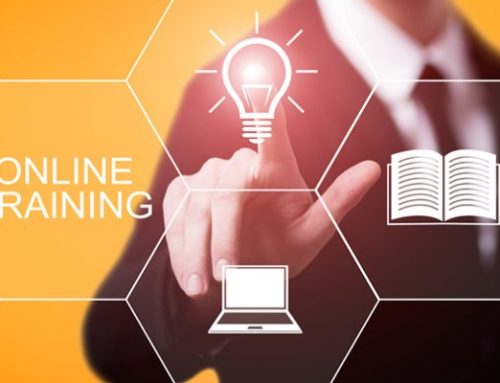Most eLearning uses an approach where skills are acquired, practiced, then hopefully applied on the job. This process can be labor intensive and often arduous for the learner. Recent research has shown that strong positive emotions such as exhilaration can cause our memory filters to switch on. What we learn in these moments has the greatest opportunity of being retained.
To that end, Accelerated eLearning turns the learning approach on its head, essentially asking the learner to immediately attempt application, without any prior knowledge acquisition or practice. This is accomplished through “what would you do” scenarios (a learning technique that incorporates the learner into the action) combined with gamified quizzing and a knowledge base option.
For example, if you were using this approach to teach a learner how to drive, you might pose a multiple choice question such as “What’s the first thing you do when you enter your car”? The learner’s brain is already becoming exhilarated by the idea of answering a question before any information has been shared! When an incorrect answer (such as “Start the ignition with your key”) is chosen, the learner is given immediate feedback about why the answer is incorrect and the option to select the “Knowledge” button.
Selecting “Knowledge” takes the learner to the specific section in the data base where they find the correct answer, while their brain is still in a heightened state (Note that in a typical eLearning experience, this knowledge base info is contained in the first “intro” module, often the most uninteresting module for the learner). If the learner chooses the correct answer (“Buckle your seat belt”), they are given immediate feedback explaining why this is the appropriate selection.
It doesn’t matter how many times the learner answers incorrectly, as long as they build proficiency as they progress through the course. Learners eventually start using the Knowledge Base more and more, training themselves to review much of the data base of their own volition!
The many benefits of this approach include:
- A learning approach that shortens the learner’s seat time.
- Information and skills that are retained and applied on an accelerated basis (increasing speed to proficiency!). Studies also show that the hands-on learning of this scenario approach improves memory recall later on the job.
- Forming good reference habits for when and where to seek information the learner needs on the job (The Knowledge Base doubles as an ongoing support and reinforcement tool).
- A data collection approach that captures all situations, steps and/or benefits required for any given new process, procedure or product.
- An approach that works equally well for leadership, sales, or service populations. How many of your learners would like to go right to testing if they could?






